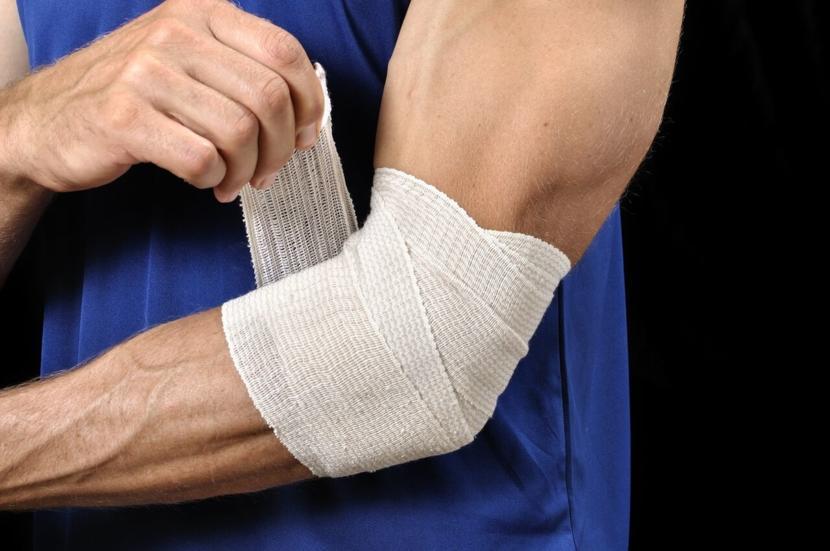Tennis Elbow: What is Shockwave Treatment?

What is Shockwave Treatment?
Tennis elbow (lateral epicondyle) is a medical condition that heals itself with time. Medical treatment is usually only required in cases where the healing process does not kick in after several weeks. Drugs or shots to reduce the pain can be prescribed.
Tendons heal slowly, mostly because it is nearly impossible not to use a joint completely. The frequent movement of a joint slows down the healing process. Physiotherapy can also be used to help relieve persistent pains.
Shockwave Therapy
Shockwave therapy is one of the non-invasive treatment methods available for lateral epicondyle. The treatment involves passing shock waves of high energy via the skin to the affected area. This helps enhance movement in the affected part and relieve pain.
The number of sessions you will require is based on how severe your pain is. Anesthetics may also be administered to help ease the pain of the procedure.
Side Effects of Shockwave Treatment
The treatment is safe, though accompanied with minor side effects, such as reddening of the skin where the treatment is administered. Other patients may also experience pain, and in some cases nausea.
Dos and Don't's During the Healing Period
- Do not engage in smoking. Smoking slows down the healing process of the affected tendons, thus causing the healing period to lengthen.
- Do not engage in activities that strain your elbow, such as weight lifting. This may cause more damage to the tendons or increase the healing time significantly.
- If possible, attend rehabilitation programs to help improve your healing process.
What Other Treatment Options Are Available?
As you undergo shock wave treatment, you can also undertake other treatment methods, such as physiotherapy. Physiotherapy involves sessions that use various methods to restore locomotion to injured parts of the body.
Physiotherapists may use techniques such as massage to relieve pain and reduce stiffness. This will encourage the flow of blood to your arm. Exercises can also be used in strengthening the arm and keeping it mobile. You will be taught how to carry out these exercises and advised on how frequent they should be done.
Other treatment options that can be considered include:
- Painkillers and non-steroidal anti-inflammatory drugs (NSAIDs). NSAIDs are preferable, as they do not have side effects. Some of these drugs are available over the counter, while others require a prescription. Talk to your doctor before taking any of them in order to get professional advice.
- Corticosteroid injections. These help to reduce pain but their results are usually poor, failing to work well in most cases.
- Surgery. This option should be saved for last, when all the other treatment methods have failed. It is usually used in cases where the tennis elbow condition is extremely severe.
The Bottom Line
The chances that the treatment will work also differ across people. It may work in some cases and not work in others. What you need to understand is the various procedures and risks that are involved with the treatment. Ensure you discuss with your doctor on the various available options in order to see which may work best for you. If shock wave treatment proves to be the most convenient, then go for it.














